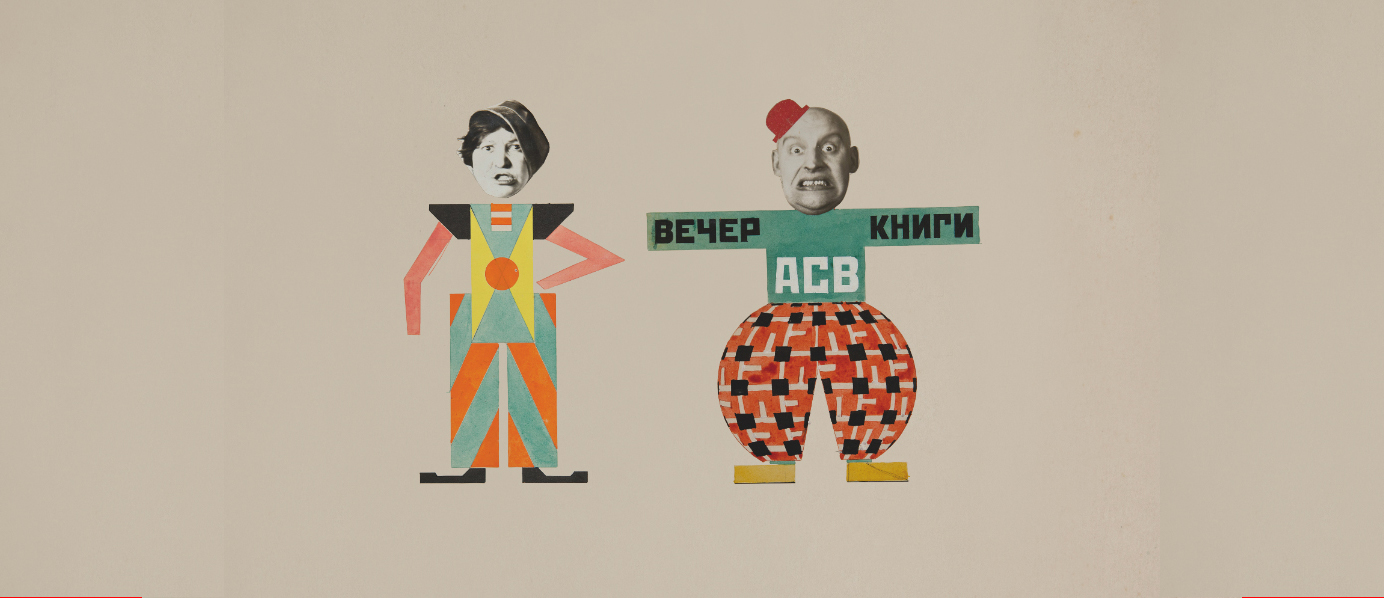In the year of the centenary of the October Revolution, the MAN and the Sardinia Foundation are pleased to announce the imminent opening of the exhibition Ablackberries and revolution. Couples of Russian avant-garde artists, scheduled from 1 June to 1 October 2017.
Born from the collaboration with the State Tretyakov Gallery in Moscow and with the Schusev National Museum of Architecture, in partnership with Bank Austria Kunstforum in Vienna and thanks to the special contribution of the Sardinia Foundation, the exhibition, curated by Heike Eipeldauer and Lorenzo Giusti, adopts an innovative point of view – the pairs of artists – to reread the events of the Russian visual avant-garde through the contribution of six authors of the first generation, united in the search for new expressive languages, as well as in common life: Natalia Goncharova (1881–1962 )and Mikhail Larionov (1881–1964), Varvara Stepanova (1894–1958) and Alexander Rodchenko (1891–1956), Lyubov Popova (1889–1924) and Alexander Vesnin (1883–1959).
Destined to attract a varied audience, not only of art history lovers, but also of twentieth-century history, communication, design and photography enthusiasts, the exhibition intends to tell the close link between art and life that the different couples found to experiment, in a phase of intense collaboration and great commitment, both artistic and political. Through a nucleus of over one hundred works, including paintings, sculptures, drawings, collages, photographs, advertising and political propaganda posters, the working methods, techniques, languages will be investigated, focusing on the points of contact, but also on the specificities and therefore on the different profiles of the authors considered.
Shared by the ambition to connect all genres of artistic creativity with aesthetic action, theoretical elaboration and political perspective, the avant-garde artists contributed to fueling the aspiration for change and building the foundations of a new idea of society .
Characterized by great productivity, the movements born under the pressure of the Bolshevik revolution of 1917 brought to the fore not only an unprecedented number of women artists, active in the same way as men, but also an unusual series of couples within which the three involved in this project can be considered the most important and representative. Working side by side, sharing spaces, ideas, programs, the couples of the Russian avant-garde came to inextricably merge the private sphere with the public one, promoting and bearing witness to that utopian vision, that possibility of a collective creation alternative to the myth of art as a sphere of the solitary genius, of which the revolution had promoted together with the great ideal of gender equality.
Which artistic aspects and which social ideals are predominant in the path of these couples? Did this collaboration actually work as an instrument of emancipation or did genre conventions continue to condition artistic production and its reception by the public? With these questions at the base, the exhibition at the MAN intends to trace a genealogy of the Russian avant-garde: from the pre-revolutionary beginnings around 1907, influenced by the experiments of modern Western art, up to the development of the most famous artistic movements of the 1910s and 1920s, capital in the development of the languages of the international avant-garde, starting from the cubo-futurism of Liubov Popova and Varvara Stepanova, passing through the Rayonism of Natalia Goncharova and Mikhail Larionov, who, like Popova, also participated in Malevich’s suprematism, up to the experimentation of new criteria of functionalization of art in the context of constructivism, frequented by Stepanova, Vesnin, Popova and above all Rodchenko, of which, together with a significant number of paintings, collages and posters, a nucleus of over 20 photographs will be presented which, in their together, they effectively constitute an exhibition within the exhibition.
The exhibition is completed by the catalogue, published by Silvana Editoriale, with texts by Heike Eipeldauer, Lorenzo Giusti, Verena Krieger, Alexander Lavrentiev and Florian Steininger.


